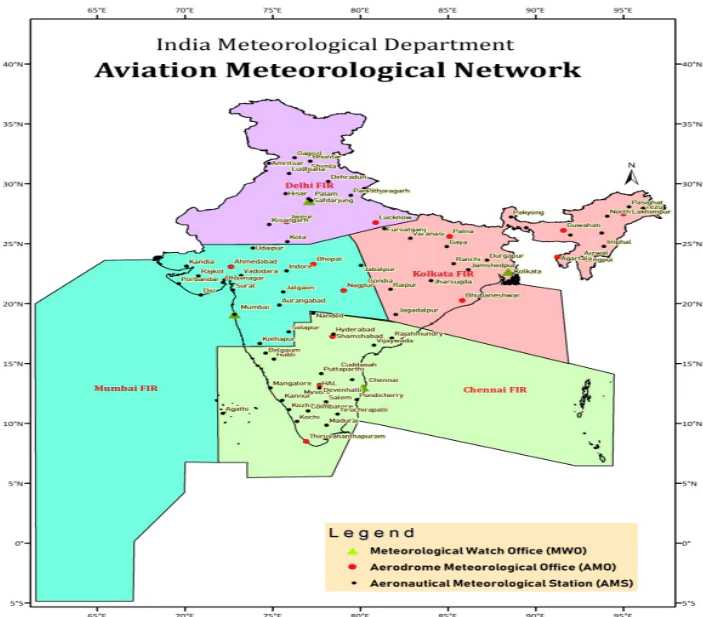Context:
Recently, India has initiated the process of consolidating its four airspace regions (Delhi, Mumbai, Kolkata, and Chennai) into a single entity spanning the entire nation.

More on News:
- The Airports Authority of India (AAI) has called for expressions of interest to prepare a detailed project report for the Indian Single Sky Harmonized Air Traffic Management (ISHAN) initiative, centered in Nagpur.
- The move comes amidst a significant surge in aviation industry growth, with domestic passenger traffic expected to double by 2030.
About Indian Single Sky Harmonized Air Traffic Management (ISHAN) Initiative:
- Aim: To refine and strengthen air traffic management (ATM).
- Significance: It will help to streamline operations, enhance capacity, and alleviate congestion, efficient routing, and reduced flight times benefiting both airlines and passengers.
- A single continuum FIR would yield a lot of benefits in terms of safety, efficiency, user satisfaction, reduced carbon footprint and optimum manpower utilisation.
- Challenges Ahead: This project will require uniform technology implementation, changes in the existing processes, retraining of air traffic control officers and policy formulation — all of which will require time and investment.
- Need to do:
- Holistic Restructuring: To have the most efficient utilization of airspace in terms of air traffic capacity, the airspace route structure and sector boundaries are required to be restructured holistically that will benefit all stakeholders.
- Minimisation of Existing Gaps: Surveillance and communication gap areas have to be minimised to reap the benefits of the Single Sky Harmonized ATM, such as reduced separations (minimum distance that aircraft must fly apart) and fuel-efficient flight paths.
- A Thorough Study: For the implementation of ISHAN, a thorough study of current and projected air traffic growth, and the challenges related to the management of increased air traffic, would have to be carried out.
Present Arrangements:
- Flight Information Regions (FIRs): Currently, Indian airspace is divided into four FIRs (Delhi, Mumbai, Kolkata, and Chennai) and a sub-FIR, each managed separately.
- Unifying these FIRs under a single authority in Nagpur is projected to improve efficiency, safety, and seamlessness in air traffic operations.
About Airports Authority of India (AAI):
- A Statutory Body: It is a statutory body under the Directorate General of Civil Aviation, Ministry of Civil Aviation.
- Establishment: It was constituted by an Act of Parliament and came into being on 1st April, 1995, by merging the erstwhile National Airports Authority and the International Airports Authority of India.
- Mandate: It has responsibility for creating, upgrading, maintaining, and managing civil aviation infrastructure both on the ground and air space in the country.
- Achievements: AAI’s successful implementation of Automatic Dependence Surveillance System (ADSS), using indigenous technology, at Calcutta and Chennai Air Traffic Control Centres, gave India the distinction of being the first country to use this advanced technology in the South East Asian region.
|
![]() 1 May 2024
1 May 2024
